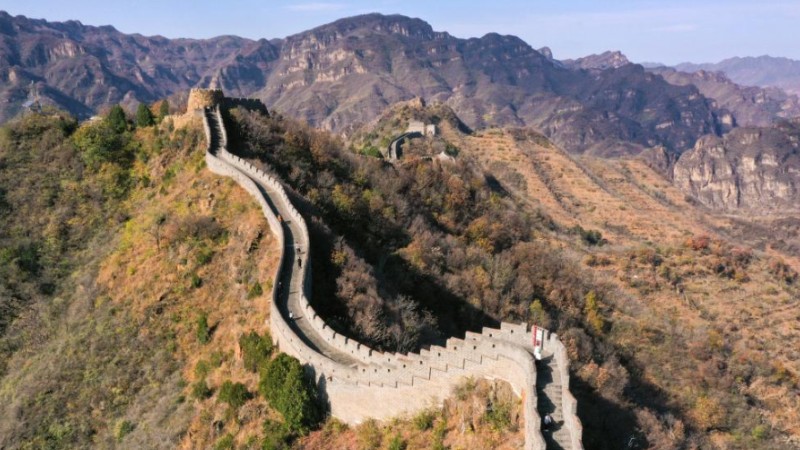Reciprocity, not soybeans, can address China-US trade gap

Illustration: Chen Xia/Global Times
China Grain Reserves Group (Sinograin) on Tuesday booked about 10 cargoes of US soybeans, or about 600,000 tons, for shipment from US Gulf Coast and Pacific Northwest export terminals between December this year and March 2024, Reuters reported, citing trade sources.
If confirmed, Tuesday's deals would be the largest single-day US soybean purchases by China since late July. That would come as a relief to producers of the most valuable US farm export, which is facing increasingly fierce competition from Brazil, according to the report.
The news could be seen by some as a sign that US soybean exports to China may warm up amid the recent intensive exchanges between Chinese and US government officials. But all purchases of soybeans and other agricultural products are always based on China's needs, not US demand. There is no way for China to buy more US soybeans just for the sake of balancing its trade with the US, and soybeans are no panacea for the trade imbalance between China and the US.
China's demand for imported soybeans is indeed high, and it is projected to reach 97 million tons in 2023-24, according to estimates from the China National Grain &Oils Information Center.
While soybeans represent an important aspect of China-US trade, China still has to consider its own demand, market prices and seasons.
As the world's largest soybean importer, China has been pursuing diversified procurement for this crop and other agricultural products. According to a post on Sinograin's WeChat account, at the 6th China International Import Expo (CIIE), which is being held in Shanghai from November 5 to 10, the state-owned importer had already signed contracts with eight global suppliers from the US, Brazil, Argentina and Uruguay to buy a total of 12 million tons of soybeans, up 20 percent from last year's CIIE.
Moreover, South Africa has become a new soybean source for China. South Africa recently completed its first export shipment of soybeans to China, marking a milestone in the country's agricultural exports, according to a report by chinanews.com.
Even if US soybean exports did not face increasing global competition and the country's market share remained high, soybean trade may only have a limited impact on addressing the trade imbalance between China and the US.
Data from the US Bureau of Economic Analysis showed that the US trade deficit reached $61.5 billion in September, a 4.9 percent increase from August. The trade deficit with China hit $28.4 billion, its highest level since October 2022.
The trade deficit is an issue that US politicians have been complaining about and blaming China for. But objectively speaking, it is due to differences in the two countries' economic structures and industrial competitiveness.
The US has a clear advantage in high-tech, high value-added products, while China is largely competitive in labor-intensive goods. This trade structure was originally highly complementary, but the problem is that the US trade and tech wars against China have distorted market demand, resulting in trade imbalances.
As an agricultural product, the value of soybean exports is unlikely to have a significant impact on the overall trade deficit due to many uncertainties and limitations. The trade deficit needs to be addressed through closer cooperation in areas such as technology and services, rather than relying on agricultural exports.
The crux of the bilateral trade issue remains that politicians in Washington want to weaken the competitiveness of the Chinese economy by imposing various sanctions on exports of high-tech products to China, while at the same time they want China's cooperation on addressing some economic problems, such as the trade deficit and inflation.
But bilateral trade needs to be reciprocal. If the US wants to improve the trade imbalance, it needs to be more accommodating by removing restrictions on trade of high value-added products.
Photos
Related Stories
- China, US launch new round of trade talks amid rising expectations for improved ties
- China-U.S. climate change talks in California produce positive results
- China ready to strengthen int'l cooperation for protecting endangered species: spokesperson
- Panda family returns home from US zoo
- Flying Tigers veterans visit Chinese cities, anticipating everlasting China-U.S. friendship
- China's foreign trade showing signs of stabilization, experts say
Copyright © 2023 People's Daily Online. All Rights Reserved.









